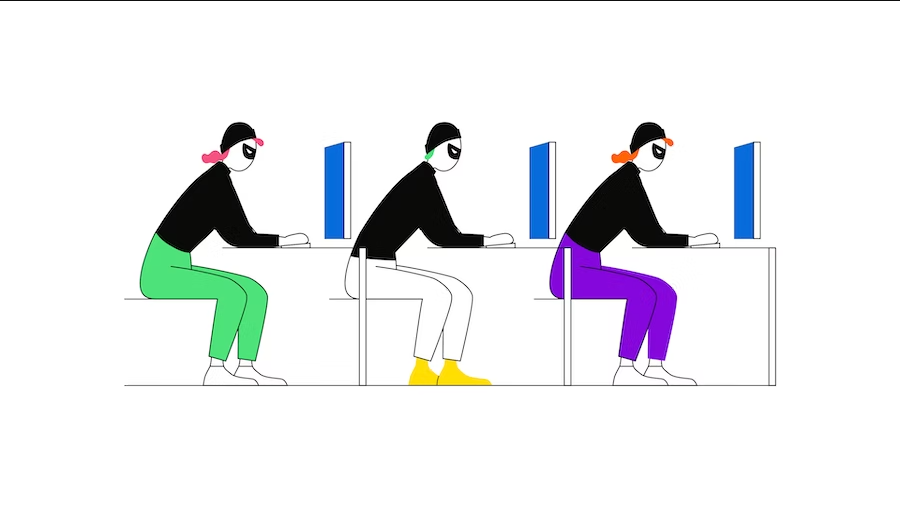That’s what ‘Halve Time’ is - a series of articles from Bitpanda that celebrate a milestone. It’s a chance to ask what progress the crypto industry has actually made in the last four years, and to try and tackle some of the complex and challenging problems that might lie ahead. It’s a brief pause, a time to reflect, and a chance for the industry to get excited about how we plan to tackle the future.
Why the Halving matters
To start the series, I feel like I should talk about what the Halving is and why it matters.
At a technical level it is a process whereby the Bitcoin mining reward is cut in half to reduce the number of new coins entering the network. So in 2009 the reward for each block mined was 50BTC, this decreased to 25 after the first Halving, 12.5 at the second, 6.25 at the third, and from the next Halving it will be 3.125.
This method of decreasing rewards was written into Bitcoin’s original algorithm as a way to tackle inflation. By keeping Bitcoin scarce, the price will increase as long as demand remains the same. We’ve seen this play out following previous Halvings, where the price of Bitcoin has increased steadily after each event.
The biggest impact is of course on Bitcoin miners and their profits. Each Halving it becomes twice as hard to generate the same number of Bitcoin, and that drives significant periods of consolidation. None of this happens overnight. The impact of each Halving is felt in a series of changes - much like when a central bank changes interest rates. Prices don’t go up overnight, but change is coming.
We’ve got a full write up on the Halving on our Academy for anyone interested in learning more about the technical implications.
What does the future have in store?
We’ll see greater demand - Demand for safe access to digital assets is only going in one direction - up. People are looking for easier, safer ways to trade digital assets, which in turn is driving traditional financial institutions including some of the world’s biggest banks to look at how they can cater to that need. Demand will drive innovation and greater integration, and be the cornerstone of the next growth cycle. Not a hype driven frenzy, but a steady increase of sustainable demand.
That demand will lead to greater cooperation - An important part of meeting this increased demand is making sure that people have safe and secure methods to access financial markets. People want to be able to trade via their banking app - that makes sense. Banks want to capture that potential revenue - that makes sense too. What doesn’t make sense is banks building a second rate crypto trading product when they can use our infrastructure and have access to the best in Europe. Necessity will drive cooperation and integration. Fewer barriers will mean new opportunities for people and businesses alike.
More users will hopefully lead to better regulation - With greater demand and increased exposure to society and financial markets will of course come greater regulatory oversight. We know that the industry is going to see greater regulation. We know that MiCAR is coming, and we know that the US is increasingly looking at ways to integrate cryptocurrencies into its economy. The real test for regulators and the industry is to find the right balance. Regulation has to protect users without stifling innovation. It’s an age-old debate, but the next 4 years are going to determine whether the crypto industry and the regulator find the right balance or not.
Greater stability will mean less volatility - Finally the nature of crypto as an asset class is going to change. As market caps increase and we see more long-term institutional capital flow into crypto we are of course going to see less volatility. That change is going to see crypto fill a different role as part of a balanced portfolio.
 Commodities* Invest in commodities 24/7
Commodities* Invest in commodities 24/7 BITCOIN What to know when you are just starting to invest
BITCOIN What to know when you are just starting to invest ASSET MANAGEMENT Your investment, your assets: Why your money is safe with Bitpanda
ASSET MANAGEMENT Your investment, your assets: Why your money is safe with Bitpanda COUNTDOWNBitcoin Halving Countdown 2024
COUNTDOWNBitcoin Halving Countdown 2024 ACADEMYWhat is the Bitcoin halving?
ACADEMYWhat is the Bitcoin halving?






